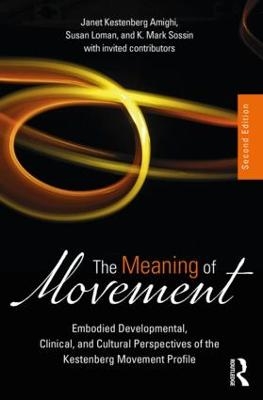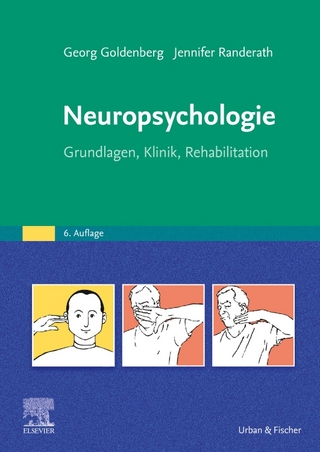
The Meaning of Movement
Routledge (Verlag)
978-1-138-48463-4 (ISBN)
The new edition of The Meaning of Movement serves as a guide to instruction in the Kestenberg Movement Profile (KMP) and as the system’s foremost reference book, sourcebook, and authoritative compendium. This thoroughly updated volume interweaves current developmental science, cultural perspectives, and KMP-derived theory and methods for research and techniques for clinical practice. Through the well-established KMP, clinicians and researchers in the realms of nonverbal behavior and body movement can inform and enrich their psychological interpretations of movement. Interdisciplinary specialists gain a way to study the embodiment of cognition, affects, learning styles, and interpersonal relations based on observation and analysis of basic qualities of movement.
Janet Kestenberg Amighi, PhD, MSS, MLSP, has a doctorate in anthropology and graduate degrees in social work and social policy. She serves as President of Child Development Research. She authored The Zoroastrians of Iran and numerous journal articles. The daughter of Judith Kestenberg, she has co-taught the KMP at the Laban/Bartenieff Institute for Movement Studies, Drexel University, and Allameh Tabataba’i University in Iran. Susan Loman, MA, BC-DMT, NCC, Professor Emerita and former Director of the MA Program in Dance/Movement Therapy and Counseling, Antioch University New England, is a board-certified member of the American Dance Therapy Association and a National Certified Counselor.She also served as co-editor of the American Journal of Dance Therapy. K. Mark Sossin, PhD, Professor of Psychology at Pace University, is a clinical psychologist, researcher, and psychoanalyst with particular interests in infancy, psychotherapeutic methods, psychopathology, autism, family systems, trauma and its transmission, and movement/nonverbal behavior. He directs the Laboratory of Mind, Movement, Interaction, and Development.
Preface. Section I: The Kestenberg Movement Profile Explained. Introduction. 1. Tension Flow Rhythms 2. Tension Flow Attributes 3. Precursors of Effort (Commonly Referred to as Pre-Efforts) 4. Efforts 5. Bipolar Shape Flow 6. Unipolar Shape Flow 7. Shape Flow Design 8. Shaping in Directions 9. Shaping in Planes Section II: Clinical and Research Applications. 10. Clinical Contributions Employing the Kestenberg Movement Profile (KMP) 11. KMP of Joey and Dance/Movement Therapy (DMT) Clinical Applications 12. Musings on Theoretical and Research Contributions of the KMP Within the Context of Nonverbal Studies. Section III: Interpreting the KMP 13. Reviewing the Body Attitude and Interpreting Movement Patterns through KMP Diagrams
| Erscheinungsdatum | 11.07.2018 |
|---|---|
| Zusatzinfo | 15 Tables, black and white; 24 Line drawings, black and white; 16 Halftones, black and white; 40 Illustrations, black and white |
| Verlagsort | London |
| Sprache | englisch |
| Maße | 152 x 229 mm |
| Gewicht | 521 g |
| Themenwelt | Geisteswissenschaften ► Psychologie ► Biopsychologie / Neurowissenschaften |
| Geisteswissenschaften ► Psychologie ► Psychoanalyse / Tiefenpsychologie | |
| Medizin / Pharmazie ► Physiotherapie / Ergotherapie ► Ergotherapie | |
| ISBN-10 | 1-138-48463-6 / 1138484636 |
| ISBN-13 | 978-1-138-48463-4 / 9781138484634 |
| Zustand | Neuware |
| Informationen gemäß Produktsicherheitsverordnung (GPSR) | |
| Haben Sie eine Frage zum Produkt? |
aus dem Bereich


